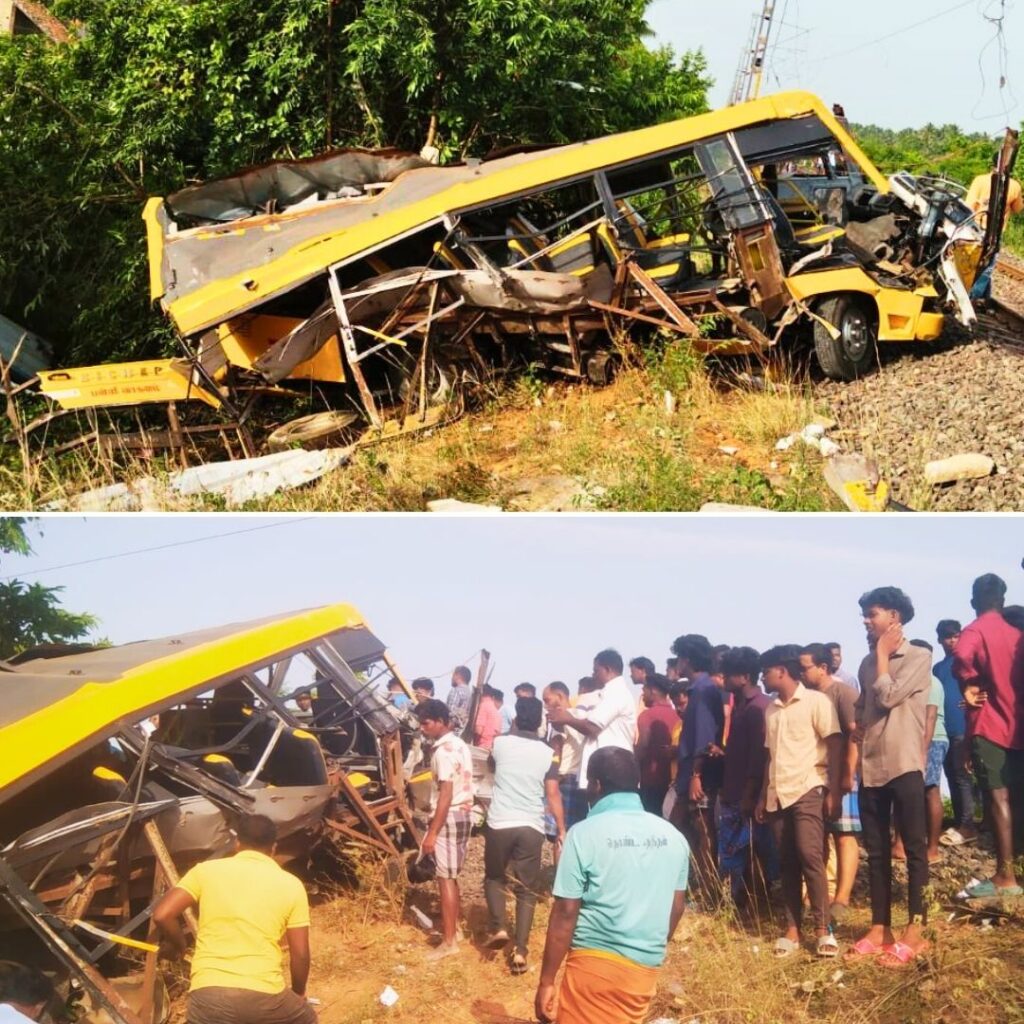The Supreme Court of India has upheld the constitutional validity of the Uttar Pradesh Madrasa Education Act, 2004, overturning the Allahabad High Court’s earlier ruling that deemed it unconstitutional. The decision, announced on November 5, 2024, allows madrasas to continue operating under state regulations while ensuring they meet secular education standards. This ruling has significant implications for approximately 1.7 million students enrolled in madrasas across Uttar Pradesh, affirming the state’s role in regulating religious educational institutions without compromising their cultural heritage.
Supreme Court’s Ruling and Stakeholder Reactions
In a landmark judgment, Chief Justice D.Y. Chandrachud stated that the Act is essential for integrating madrasa education within the broader educational framework of the state. The Court emphasized that secularism should not lead to the isolation of minority communities, asserting that India’s rich cultural diversity must be preserved. The Uttar Pradesh government defended the Act, arguing that it provides necessary oversight to ensure quality education. Various stakeholders, including madrasa management associations and child rights advocates, expressed mixed reactions; while some welcomed the ruling as a means to improve educational standards, others voiced concerns about potential limitations on religious instruction.
Background of the Legal Battle
The legal dispute began when the Allahabad High Court declared the UP Madrasa Education Act unconstitutional on March 22, 2024, citing violations of secularism and recommending that madrasa students be integrated into regular schools. This ruling prompted widespread concern among madrasa educators and parents about the future of Islamic education in Uttar Pradesh. Following this, the Supreme Court stayed the High Court’s order in April 2024, allowing madrasas to operate while deliberations continued. The Supreme Court’s recent ruling comes after extensive hearings where arguments were presented by various legal experts representing both sides.
News in Q&A
1. What was the Supreme Court’s ruling regarding the Uttar Pradesh Madrasa Education Act?
The Supreme Court upheld the constitutional validity of the Uttar Pradesh Madrasa Education Act, 2004, on November 5, 2024, reversing a previous decision by the Allahabad High Court that had deemed the Act unconstitutional. This ruling allows madrasas to continue operating under state regulations while ensuring compliance with secular education standards.
2. Why was the UP Madrasa Education Act challenged in court?
The Act was challenged primarily due to concerns that it violated principles of secularism and Article 21A of the Constitution, which guarantees free and compulsory education for children aged six to fourteen. Critics argued that the Act could undermine the quality of education provided in madrasas by prioritising religious instruction over secular subjects.
3. What are the implications of this ruling for madrasa students in Uttar Pradesh?
The ruling affects approximately 1.7 million students enrolled in madrasas across Uttar Pradesh, allowing them to continue their education while adhering to state-imposed regulations. The Court’s decision aims to improve educational standards in madrasas by integrating subjects from the NCERT syllabus alongside religious teachings.
4. How did stakeholders react to the Supreme Court’s decision?
Reactions were mixed among stakeholders. Supporters of the Act welcomed the ruling as a means to enhance educational quality within madrasas, while some child rights advocates expressed concerns about potential limitations on religious instruction. The Uttar Pradesh government defended the Act as essential for regulating madrasa education effectively.
5. What does this ruling mean for the future of religious education in India?
This ruling signifies a crucial step towards balancing religious education with secular principles in India. It opens up opportunities for dialogue on how to foster an inclusive educational environment that respects cultural diversity while ensuring quality education for all students.











